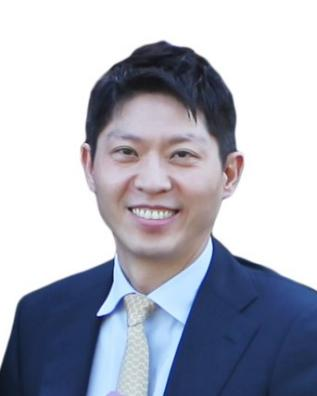
- 报告题目:Structural Displacement Estimation Based on Multi-Modal Sensing Data Fusion
- 报 告 人:Hoon SOHN 教授
- 报告时间:2025年4月28日(星期一)10:30-11:30
- 报告地点:祁连堂322报告厅
- 主 持 人:张强强 教授
- 报告人简介
Hoon Sohn received his B.S. and M.S. degrees from Seoul National University, Seoul Korea and Ph.D. from Stanford University all in Civil Engineering. He worked at Los Alamos National Laboratory (LANL) as a Technical Staff Member and at Carnegie Mellon University as an Assistant Professor. He is now a Professor at KAIST (Korea Advanced Institute of Science and Technology) in South Korea. His research interest has been in the areas of structural health monitoring, nondestructive testing, sensing technologies and data analytics. He has led 94 research projects funded by the National Research Foundation of Korea, the Ministry of Land, Infrastructure and Transport of Korea, etc, with a total funding of about $40 million. He has published over 250 refereed journal articles, over 400 conference proceedings, and 12 book & book chapters. He is holding 59 domestic and 30 international patents, and his developed technologies are licensed and commercialized by private companies, resulting in over 1 million USD licensing agreements. He is currently SPIE Fellow, Member of National Academy of Engineering of Korea (NAEK), and Member of Korean Academy of Science and Technology (KAST).
- 报告摘要
Displacement measurement is critical to understand the real behavior of civil infrastructure systems. However, effective displacement sensing still remains as a challenging task. In this presentation, a real-time displacement estimation technique combining acceleration and GNSS measurement is presented, and its commercial applications are showcased. Then, four different sensing data fusion techniques are presented to estimate structural displacement under GNSS-denied environments for different applications, each designed for specific applications:
1)A displacement estimation technique that fuses acceleration and strain measurements for structures without nearby fixed targets;
2)A technique combining an accelerometer and a vision camera for structures moving in-plane relative to a nearby fixed target.
3)A displacement estimation technique using an accelerometer and radar for structures moving out-of-plane relative to a nearby fixed target.
4)A distributed displacement estimation method that combines accelerometers and telecommunication cables.
A suit of numerical and experimental tests is presented to showcase these displacement estimation techniques.
